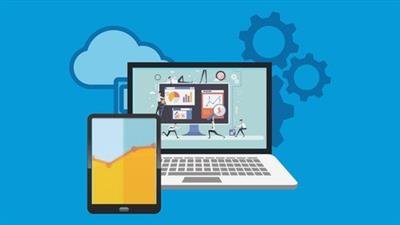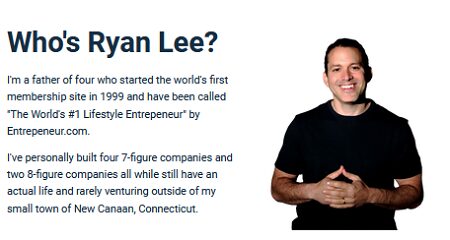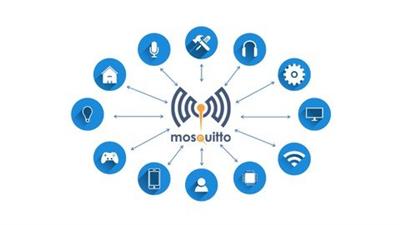MP4 | Video: h264, 1280×720 | Audio: AAC, 44.1 KHz
Language: English | Size: 583 MB | Duration: 1h 19m
What you’ll learn
Google Interview Question for Software Engineers!
Stages of a typical system design interview
Functional Requirements (API)
Non-Functional Requirements to consider: scalability, performance, availability, consistency, cost.
Data ingestion pipeline concepts: blocking vs non-blocking I/O, buffering and batching, timeouts, retries, exponential backoff and jitter, circuit breaker pattern, software vs hardware load balancing, load balancing algorithms, DNS, health checking and high availability of load balancers, partition strategy, hot partitions, client-side and server-side service discovery, single leader replication and leaderless replication, textual vs binary data formats.
Types of performance testing: load testing, stress testing, soak testing.
High-Level Design
Detailed Design
Data retrieval pipeline concepts: time-series data, data rollup, hot storage, cold storage.
Bottlenecks and Tradeoffs
Where we store Data
NoSQL databse
Data Processing
Important Features of Database writer
3 Components of the data ingestion Path
Data retrial Path
Technology stack
How to define a data model
How to scale a SQL database
Why requirements clarification is so important.
Apache Cassandra high-level architecture.
System Design
Requirements
Basic SQL Knowledge
Dedication to be a PRO!
Description
This Course is Inspired By The Question : Google Interview Question for Software Engineers!
Brand New Course on System Design!
Topics mentioned in the Course: – Stages of a typical system design interview: functional requirements (API), non-functional requirements, high-level design, detailed design, bottlenecks and tradeoffs.
– Why requirements clarification is so important.
– What questions to ask the interviewer.
– How to design API.
– Non-functional requirements to consider: scalability, performance, availability, consistency, cost.
– How to define a data model.
– How to scale a SQL database.
– Apache Cassandra high-level architecture.
– Data processing concepts: checkpointing, partitioning, in-memory aggregation, deduplication cache,
dead-letter queue, embedded database, state management.
– Data ingestion pipeline concepts: blocking vs non-blocking I/O, buffering and batching, timeouts, retries, exponential backoff and jitter, circuit breaker pattern, software vs hardware load balancing, load balancing algorithms,
DNS, health checking and high availability of load balancers, partition strategy,
hot partitions, client-side and server-side service discovery, single leader replication and leaderless replication, textual vs binary data formats.
– Data retrieval pipeline concepts: time-series data, data rollup, hot storage, cold storage.
– Types of performance testing: load testing, stress testing, soak testing.
– Health monitoring.
– Audit systems.
And Many more!
Who this course is for:
Software Developers who want to learn about System Design Concepts
Computer Science graduates who are new to the System Design world
Developers who are looking for cracking the System Design Interview
Developers who are learning to design pieces of architecture in their day-to-day world
Developers who want to revisit and hone their knowledge on System Design Concepts
Who this course is for:
Beginner for SQL Database
System Design
System Design Interview
Homepage
https://www.udemy.com/course/system-design-a-brand-new-step-by-step-guide-for-interview/





